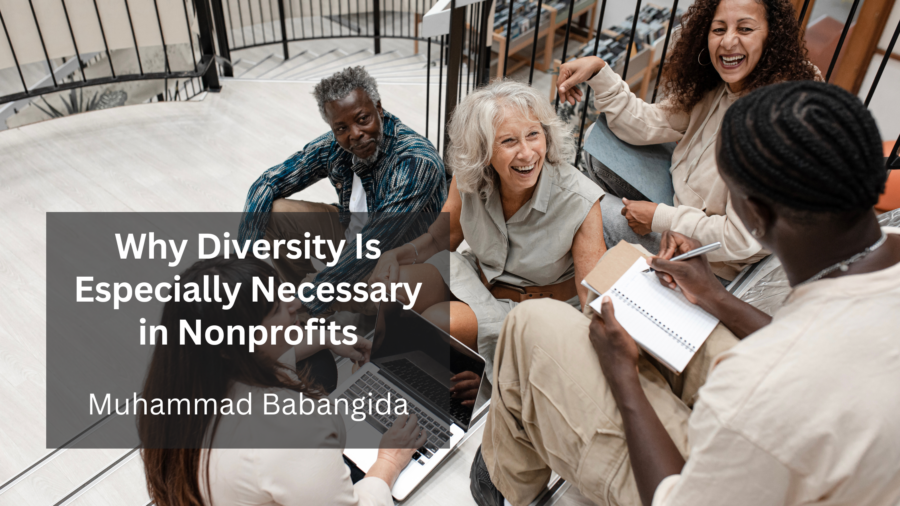Giving back to causes you care about is a beautiful thing. It helps those in need and creates a more positive world. But with so many charities out there, how can you be sure your donation is going to a good cause and not lining a scammer’s pockets? Unfortunately, charity scams are a real problem. Here are some tips to help you donate wisely and avoid getting fooled:
Do Your Research: This is the golden rule! Before you donate, take some time to research the charity. Don’t just rely on the information they provide themselves. Here are some resources to get you started:
- Charity Navigator (https://www.charitynavigator.org/): This website assesses charities based on financial health, accountability, and transparency. You can search for a specific charity and see its rating and detailed financial information.
- GuideStar (https://www.guidestar.org/search) is another excellent resource for researching charities. It provides information on a charity’s mission, programs, and leadership.
- BBB Wise Giving Alliance (https://www.bbb.org/all/charities-donors): This arm of the Better Business Bureau evaluates charities based on governance, finances, and fundraising practices.
Look for Red Flags: Be wary of any charity that exhibits these warning signs:
- High-Pressure Tactics: Legitimate charities will not pressure you into donating on the spot. They will be happy to answer your questions and send you additional information.
- Emotional Appeals: Scammers often try to tug at your heartstrings with stories of hardship or urgency. Before donating, take a breath and do your research based on emotion.
- Unprofessional Communication: Typos, grammatical errors, and vague information on websites or solicitations are red flags.
- Requests for Unusual Payment Methods: Never donate with cash, gift cards, money transfers, or cryptocurrency. Reputable charities will accept donations by check, credit card, or through their secure website.
Be wary of Unsolicited Calls and Emails: Legitimate charities might contact you, but scammers often use unsolicited calls and emails to access your information. Only click links or provide personal information if you know the charity’s legitimacy.
Give to What You Know: If you’re passionate about a particular cause, consider donating to a local organization you’re familiar with. This way, you can see their work firsthand and feel confident that your money is making a difference.
The Power of Small Donations: You don’t have to donate a considerable sum to make a difference. Even small, regular donations can add up and support a worthy cause.
By following these tips, you can be sure your generosity is directed towards legitimate charities making a positive impact. Remember, informed giving is powerful giving! So do your research, donate wisely, and feel good knowing your contribution is going to a good cause.










